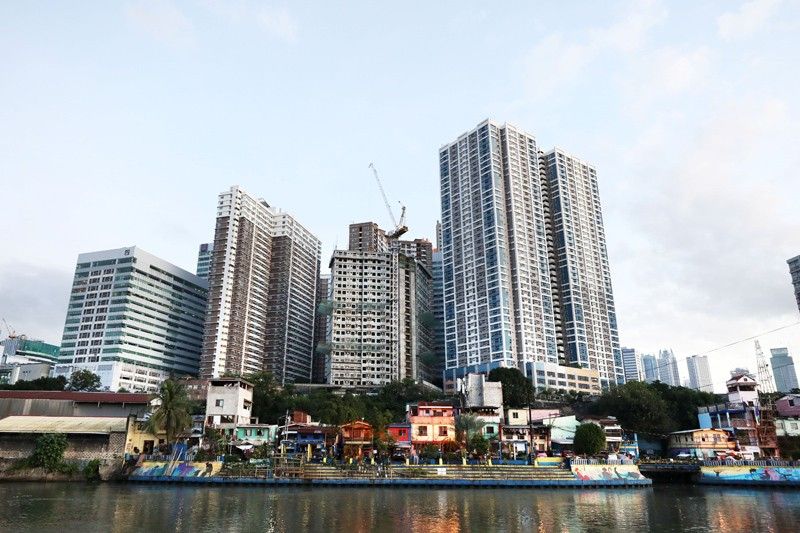StanChart cuts Philippines GDP growth to 4.6%

MANILA, Philippines — With an earlier resurgence in new COVID-19 cases and the slow pace of vaccination, the Philippines may recover slower from the pandemic than other economies in Asia, according to Standard Chartered Bank.
During a webinar, StanChart economist for Asia Chidu Narayanan said the bank expects the Philippines to grow by 4.6 percent instead of 6.1 percent this year.
Narayanan said consumption remains soft and private investment subdued given the overcapacity, and the demand outlook remains sober.
“For now, pickup in growth will have to come from the public sector given that sentiment is extremely soft among both the consumers as well as businesses,” Narayanan said.
Under a risk scenario, Narayanan said the Philippines’ gross domestic product (GDP) growth may drop further to a range of three to 3.9 percent if public infrastructure investments do not pick up in the middle of the third quarter.
“The risk is that, in case there is a delay in the infrastructure investment. If it does not happen by this year, we could see that there is no pickup for demand at all. And in that case, demand could drop and overall growth could drop below the four percent range,” Narayanan said.
With less than two percent of the population fully vaccinated and only 4.3 percent receiving at least one dose, Narayanan said the slow rollout increases the risk of new COVID-19 infections, thereby dampening sentiment and growth.
Narayanan said the Philippines would be able to return to pre-pandemic level in terms of growth by the end of 2022.
StanChart expects the Bangko Sentral ng Pilipinas to maintain an accommodative monetary policy stance by keeping the benchmark interest rate at an all-time low of two percent until 2023, when the country fully recovers from the impact of the COVID-19 pandemic.
Edward Lee, chief economist for ASEAN and Southeast Asia at StanChart, said clearly the COVID-19 pandemic remains the biggest risk for the global economy.
Lee said some economies led by China, Taiwan, India, the US, Australia, New Zealand, South Korea, Singapore, Indonesia and Myanmar are expected to return to pre-pandemic level of growth within the year.
“Due to the latest infection spike in some countries including the Philippines and Thailand, we don’t expect them to get back to pre-COVID GDP levels even by the end of the year,” Lee said.
StanChart foreign exchange research head Divya Devesh sees the peso ending 2021 at 49.50 to $1 before weakening to 50.25 by June next year and further to 50.50 by the end of 2022.
“We think the Philippine peso is quite overvalued based on our metrics,” Devesh said.
The local currency continues to trade above the 50 to $1 level primarily due to the strength of the dollar amid the hawkish stance of the US Federal Reserve as well as the growing demand for the greenback amid the recovery in global trade.
- Latest
- Trending






























